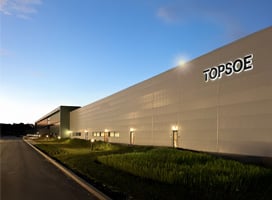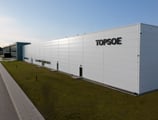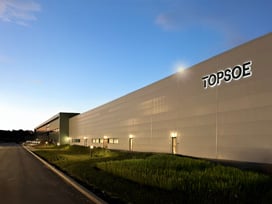Renewable natural gas (RNG) and electrified natural gas (e-NG) emerge as renewable alternatives to their fossil counterpart, conventional natural gas. With compositions similar to that of conventional natural gas, both RNG and e-NG can directly replace it without significant infrastructural changes. This holds enormous potential for the energy transition.
RNG/e-NG can become an essential asset in our combat against climate change by helping us to reduce emissions across numerous industries, including:
-
Decarbonizing energy used for heating homes as a drop-in solution in the existing gas grid
-
Acting as a low-carbon fuel for heavy transport and shipping.
.png)








.jpeg?width=1440&name=The%20ammonfuel%20report%20concludes%20that%20ammonia%20is%20an%20attractive%20and%20low%20risk%20marine%20fuel%20both%20in%20the%20transition%20towards%20sustainable%20shipping%20and%20as%20a%20long-term%20solution.%20(2).jpeg)









